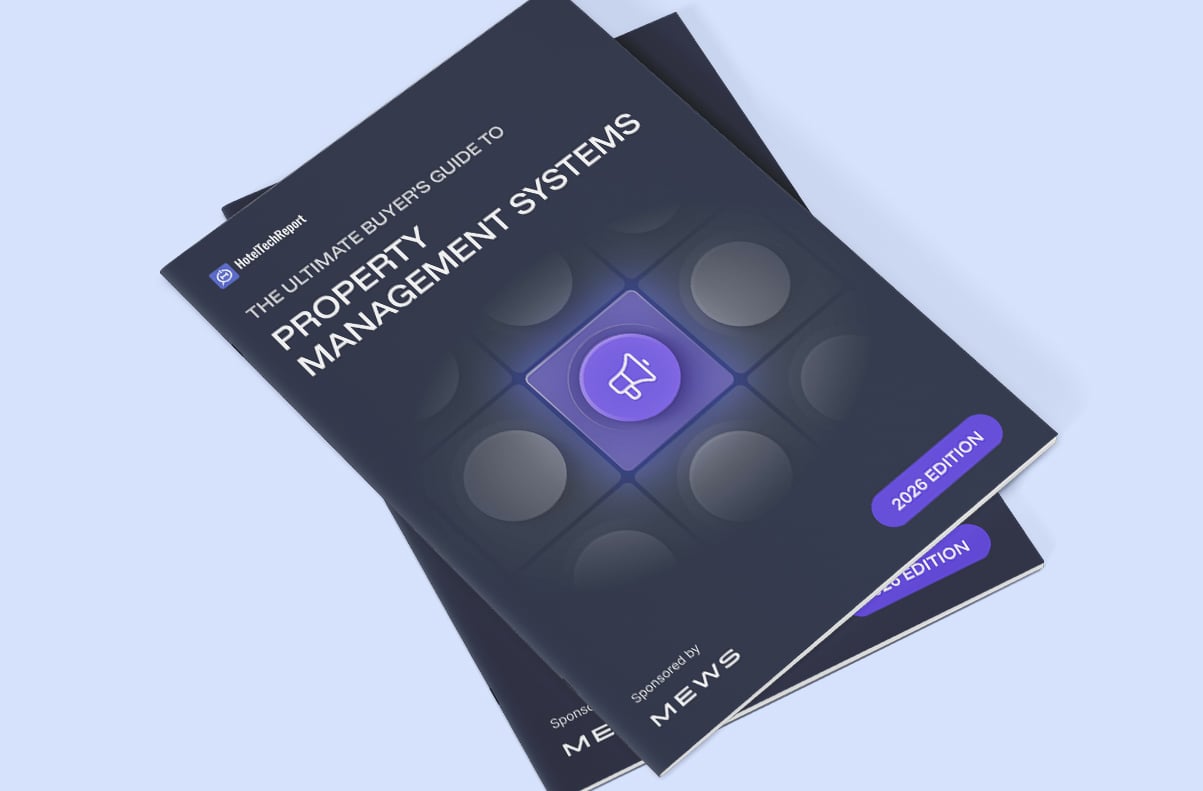If you’re interested in how to start a hostel, there are a lot of things you need to have in mind. For starters, location is key. The location will affect your target audience, your budget, your strategy and basically anything you need to consider to get started.
Other important decisions are related to making sure you have a plan to cover the basic needs of your guests: good service, a good product, safety and cleanliness are some of the fundamentals. With a complete understanding of your goal and with a business plan in place to reach that goal you can be on your way to starting a hostel.
In this article, we’ll cover the basic things to have in mind when opening a hostel as well as a step by step guide of how to get started.
Table of contents
Things to have in mind when opening a hostel
As we’ve already mentioned, location is fundamental. The location will determine your target audience, the price you can charge, the style of the hostel and the budget you need to get started. Furthermore, while decoration, style and your target audience can change over time, the location is not as easy to change – so you better like it.
Once you’ve picked the location and done a cost analysis and business plan, the next thing to keep in mind is what services you are going to offer. As a hostel you need to meet a guest’s basic needs such as comfort, quality of service, and safety. Once you have the guests through the door, you’ll have to work on a range of services you can offer beyond just a place to sleep, whether it’s a tour, breakfast or other added services, this is one of the keys to profitability. Read more about how to upsell and boost ancillary revenue.
Step by step guide for how to open a hostel
So now you know the keys to keep in mind when finding out how to start a hostel, it’s time to look step by step at how to open a hostel.
Step 1: Choose the location
The first step of setting up a hostel is deciding where it is you want to be. This will help you to do market research and define what makes you unique to the area where your hostel will be. When choosing your location it’s important to have in mind your budget so that you can adapt your search for the right property and find out what’s feasible with your budget.
Step 2: Perform market research and define your unique value proposition
Once you’ve decided on the location, it’s time to do your benchmarking. Find out what other properties are in the area that you’re thinking of setting up your hostel and see what they have to offer in terms of size, scale, services and price. This will help you find out what is available in the proposed area so that you can find a gap in the market.
The market gap is where you will step in with your unique value proposition. This will also help define your offering because you’ll be able to see the panorama of what’s available and what is missing. Your unique value proposition will be your guiding star that you can design your messaging around and let customers know the benefit of staying at your hostel over others.
Step 3: Define your resources
Once you’ve chosen the location, done market research and defined your unique value proposition, it’s time to pinpoint your resources, both human resources and the equipment you will need in order to run. The items and the human resources that are necessary in order to run your hostel will help you understand your operating costs so that you can make financial projections for your hostel.
When deciding your staffing needs it’s important to keep in mind how you will operate so that you know how many people are needed and what specific skill set you need to look for. As a starting point you’ll most likely need a front desk staff, a housekeeper, a maintenance person and an operations manager.
Beyond the obvious beds, pillows, blankets, bathroom supplies, furniture for common areas, and equipment for reception, it’s also important to have a hostel management system in mind in order to simplify and automate operations. The right property management system will make bookings, as well as front desk and revenue management, easier and faster.
Step 4: Business and marketing plan
Once you’ve defined the resources needed, you’re ready to start with the business and marketing plan. Part of the business plan will be coming up with a cost analysis and projected costs in order to analyze the profitability and economic viability.
This will help you better understand the target room price, the average use of utilities and other operational costs. You can read more here about pricing strategies. For this, it’s also important to decide whether you will rent or buy the property because that will affect your fixed costs.
Another important part of the business plan is the marketing plan. You must define your target audience and choose the best channels for distribution depending on those targets. For example, if you want to target international backpackers who tend to stay longer in each place, it’s important to have an idea of which channels they are using to book.
Your distribution plan will help you decide the best way to invest your money in the different marketing channels based on your target audience. As backpackers tend to be younger, having a social media marketing strategy will be key to capturing clients. Paid social media ads may be a good idea as well to factor into your marketing plan.
Step 5: Start operating
Once you’ve chosen the location, carried out a benchmarking, defined your resources and created a marketing and business plan, it’s time to start operating. One of the keys to operating is having a reservation management software that’s capable of facilitating direct reservations in order to maximize revenue. With reservation management software you can also manage billing and room assignments, all of which will facilitate the smooth operation of your hostel from the beginning.
Of course there will be bumps in the road and kinks to work out as you go in order to optimize performance, but this is completely normal. One of the most important things to keep in mind after opening is to maximize revenue, by minimizing unoccupied rooms and thereby increasing profitability. You can run promotions and other campaigns to increase visibility and of course work with OTAs and metasearch engines to improve distribution.
Conclusion
In this article we’ve discussed how to start a hostel, including things to keep in mind and steps to take in order to open your doors. By having a good idea of your target audience, having a clear study of profitability, including a business and marketing plan, and following the steps outlined in this article, your hostel is bound to be on the road to success.
The key to staying successful is offering a unique value proposition as well as an unparalleled customer experience that will keep guests coming back, reducing your acquisition costs, and ensuring you remain profitable.
Looking for the right property management system for your hostel?
Download "Your Ultimate PMS Buyer’s Guide 2026"


2026 Hospitality Industry Outlook
Download now
Table of contents
Hospitality hot takes straight to your inbox



.webp)
